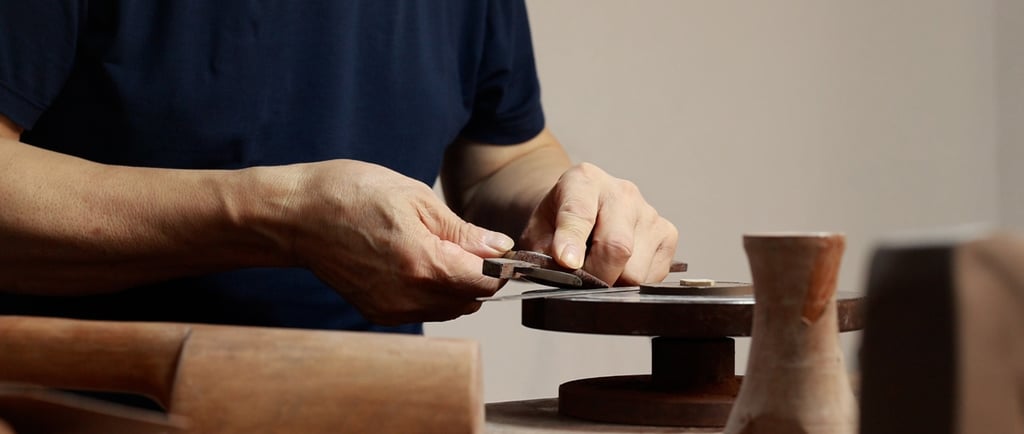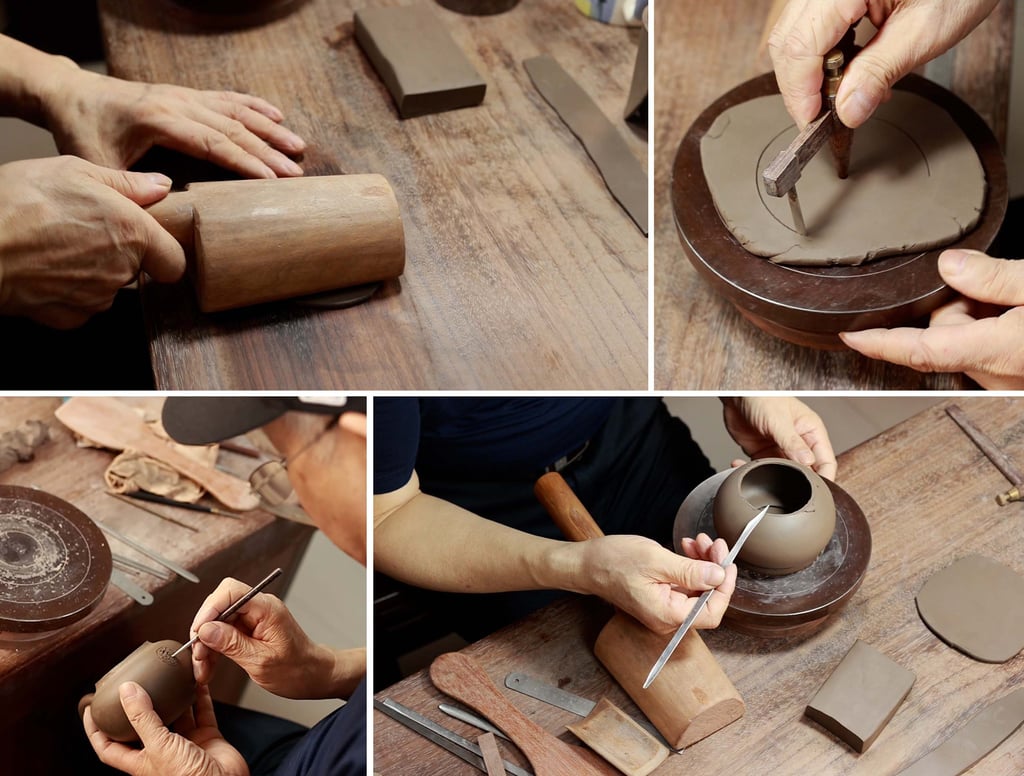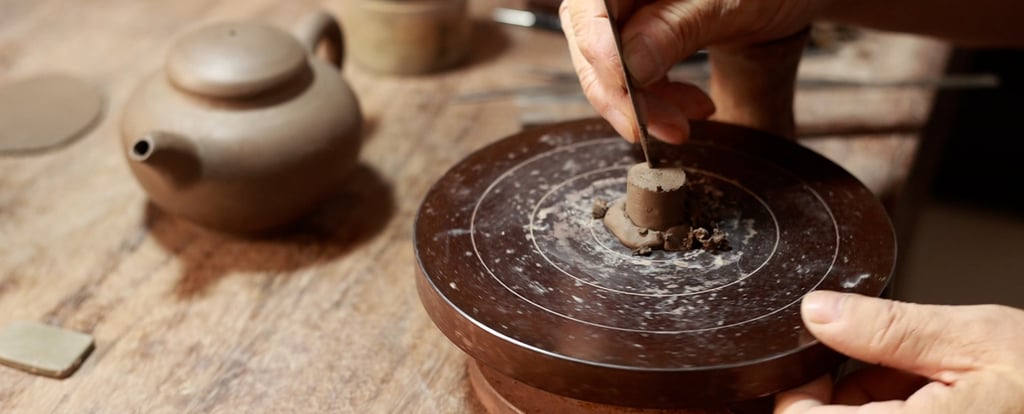Exploring The Craftsmanship of Yixing Teapot Making
Discover the intricate artistry of Yixing teapot making, a traditional craft requiring mastery of specialized techniques. From clay preparation to decorative detailing, this centuries-old process blends skill and cultural heritage, making each teapot a unique symbol of Chinese craftsmanship.
YIXING TEAPOTS
Ever wondered why Yixing teapots are often talked about with such reverence among tea enthusiasts? Or why they come with a price tag that raises eyebrows? The truth is, Yixing teapot making isn’t just pottery—it’s an art form rooted in precision, patience, and centuries of tradition. Yet, despite their significance, the craft behind these teapots rarely gets the spotlight it deserves.
Let’s break it down—no fluff, no jargon—just a real look at what makes Yixing teapot craftsmanship so extraordinary.
Understanding The Craft of Yixing Teapots
The Complexity of the Process
Here’s the thing: making a Yixing teapot isn’t a weekend project—it’s a marathon. Every teapot goes through multiple stages, each demanding razor-sharp focus and mastery.
It starts with the clay – Yixing clay (zisha) is unique and must be prepared meticulously.
Forming the body – Unlike mass-produced ceramics, Yixing teapots are often hand-formed. Artisans use techniques like rolling clay into coils, pressing, and assembling separate pieces.
Precision assembly – The spout, handle, and lid aren’t just slapped on—they’re carefully fitted to ensure balance and functionality.
Firing – A teapot can make or break (literally) in the kiln. Temperature control is everything.
And here’s a fun fact: each artisan often creates or customises their tools to suit their style. This isn’t some assembly line; it’s hands-on craftsmanship at its finest.
It’s also worth noting that Yixing teapots aren’t made in one piece, despite what many believe. Each part—body, spout, handle, lid—is crafted separately and then flawlessly combined.
Mastering this isn’t about quick tutorials on YouTube—it’s about years, sometimes decades, of dedicated practice.


Division of Labour and Decorative Techniques
In the world of Yixing teapot making, there’s usually a clear split between two key roles:
Crafting the teapot itself – This involves shaping, assembling, and refining the structure.
Decorating the teapot – This is where skills like pottery carving, seal engraving, and inlaying come into play.
The decoration process often borrows elements from other traditional Chinese arts, like calligraphy and seal carving. These aren’t quick embellishments—they’re painstaking details that turn each teapot into a one-of-a-kind piece of art.




And while most teapots are the result of collaboration between artisans specialising in different stages, a true master can handle every step of the process solo. These masters aren’t easy to find—but when you do, you’ll know. Brands like TEAPOTARTISAN are a good place to start.
Why Yixing Teapots Are More Than Just Teapots
At their core, Yixing teapots aren’t just tools for brewing tea—they’re vessels of culture, history, and heritage.
They’re built to last—properly cared for, they can outlive their owner.
Over time, they absorb the tea’s essence, enhancing the flavour with every brew.
Each teapot carries the artisan’s signature—sometimes literally engraved into the clay.
Owning one isn’t just about drinking tea—it’s about owning a piece of history.
Conclusion
The craftsmanship behind Yixing teapot making isn’t something you can fully appreciate by just looking at one. It’s a blend of technical skill, cultural knowledge, and artistic flair that’s been passed down for generations.
Next time you see a Yixing teapot, remember—it’s not just clay and water. It’s hours of labour, years of expertise, and a legacy of tradition.
And if you’re lucky enough to own one, cherish it—it’s far more than just a teapot.
FAQs
1. Why are Yixing teapots so expensive?
Because they’re handmade using rare clay, requiring precision, skill, and time. You’re paying for craftsmanship, not just a teapot.
2. Can you make tea in any Yixing teapot?
Yes, but each teapot is best suited for specific types of tea due to its clay properties.
3. Do Yixing teapots really improve with age?
Absolutely! The clay absorbs tea oils, enhancing flavour over time.
4. Are all Yixing teapots handmade?
Not all. Some are machine-made, but the real treasures are the handmade ones crafted by skilled artisans.
